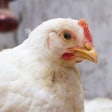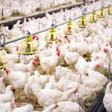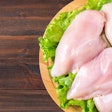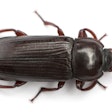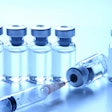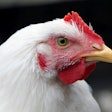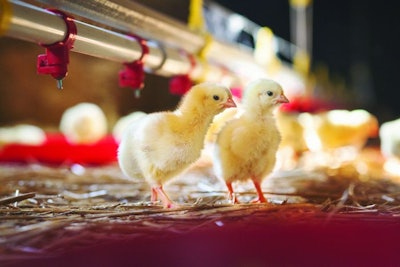
Birds perceive light differently than humans. They can see into the ultraviolet ranges as well as the visible spectrum, and light information not only impacts broilers’ physical activity but is also important for their metabolism and the immune system regulation.
Although regionally specific parameters come into play where light is concerned, some generalizations can be made about the best light intensity and wavelength for broiler production.
Light intensity
Intensity, or brightness, of light is critically important to birds’ growth and welfare. Multiple variables should be considered when monitoring and controlling intensity during a bird's grow-out.
Regulations vary
Always follow local regulations: for example, EU guidelines require a minimum of 20 lux during lighting periods throughout the grow-out. Other countries allow lower levels of intensity, in particular after the first seven days of grow-out.
Chick placing
Provide higher light intensity when chicks are first placed in broiler houses: higher light intensity promotes greater activity, which aids chicks in acclimation to the house and in finding feed and water. Correct stimulation of activity during the first five to seven days of age is necessary for optimal feed consumption, digestive and immune system development.
Later life reduction
Evaluate reductions of light intensity later in life: once birds become accustomed to their surroundings, light intensity can be lowered. Lower intensities result in less movement, conserving a bird’s energy for growth. For example, in commercial broiler production, it is common to use intensities of 20 lux minimum until seven days of age. A gradual reduction can be implemented from 20 to 10 lux between seven and 21 days, and 10 lux maintained thereafter.
Ensure normal activity
Maintain sufficient light intensity for normal activities: light intensity should be sufficient for normal feed and water intake, and other normal activity. Birds should be able to see one another and to locate food and water.
If necessary, supplement light during inspections: light levels during inspections must be sufficient to stimulate activity and to see all chickens and equipment. This may require a temporary increase in the light intensity throughout the shed, or a focal increase in light intensity through use of a flashlight.
Measuring intensity, uniformity
Measuring light intensity and uniformity: light intensity should be measured at the chick’s height across the broiler house. Light intensity at floor level should be consistent, with less than 20% variation throughout the house. Without uniformity, birds will migrate to the brightest areas, causing overcrowding in some areas and gaps in others.
The lighting regimen should be evaluated as a potential contributing factor to behavioral problems and its impact on welfare. Consider the following:
- Birds raised at lower intensities have shown reduced foraging, preening, stretching, wing-flapping and other normal behaviors.
- Too low light intensity (6 lux) can significantly increase impaired walking ability and bruised carcasses.
- Very low light intensities (<5 lux) have been found to cause eye abnormalities in chickens.
- Continuously low light intensities (1 lux or less) can have negative impacts on poultry welfare and have been associated with increased foot pad lesions and poor eye development in meat chickens.
- Birds raised at high light intensity had decreased deep ulcerative footpad lesions. Light intensities that are too high can also cause stress in birds.
- Light intensity has no effect on skeletal health or feed to weight gain ratios.
- Although the reduced activity seen at lower light intensities may increase feed conversion ratios, it may also suppress food intake and cause increases in the incidence of leg disorders and contact dermatitis.
- A level of 5 lux should be the minimum level for performance, breast meat yield and bird welfare. Lower levels have been associated with higher levels of mortality and poor growth rate.
Check bulbs
Inspect and service light bulbs frequently: bulb intensity decreases with age and dust accumulation. Regularly inspect and maintain light control systems.
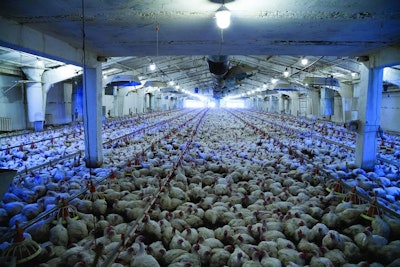
Wavelength
Less research has been conducted on the optimal wavelength (color) to use with broilers. In addition, research has been somewhat contradictory and has primarily focused on layer hens, where red light seems to promote egg production.
With the availability of various types of lighting (e.g. LED lights), the ability to better control and evaluate light wavelength is becoming increasingly possible.
Keep in mind the following when considering changing wavelength in a broiler house:
- Some evidence suggests that broilers grown under shorter green and blue wavelength lights showed improved performance. Birds also show a slight preference for the colder-colored lights.
- Blue light may provide stress relief and growth promoting characteristics.
- When reared in cold-white light, birds showed higher body weight at slaughter age, but without negative effects on other measured parameters, such as lameness or dermatitis.
- Some data suggests that a single wavelength might limit a chicken’s visual capabilities. Birds raised under blue light were slightly more hyperopic, or far-sighted, than birds raised under white light.
- Flicker frequency is the frequency at which continuous and discontinuous light can be distinguished. For birds, the flicker frequency is around 105 Hz. Evaluate whether the wavelength of light falls around the flicker frequency to determine whether it is causing discomfort.







